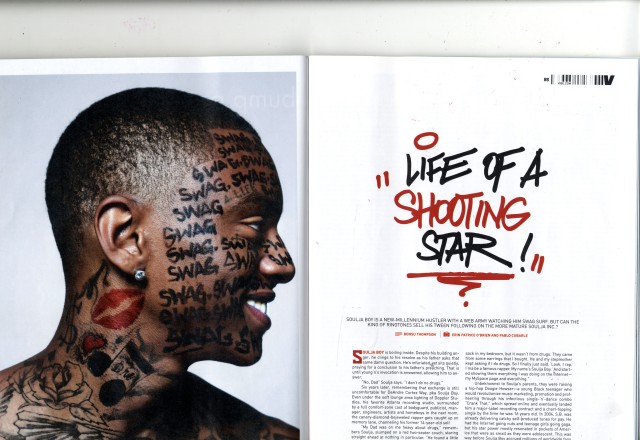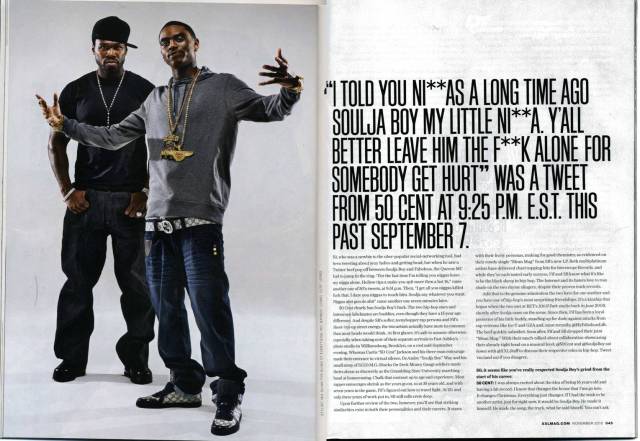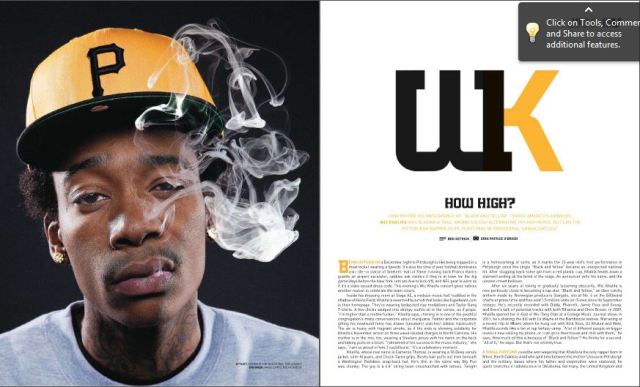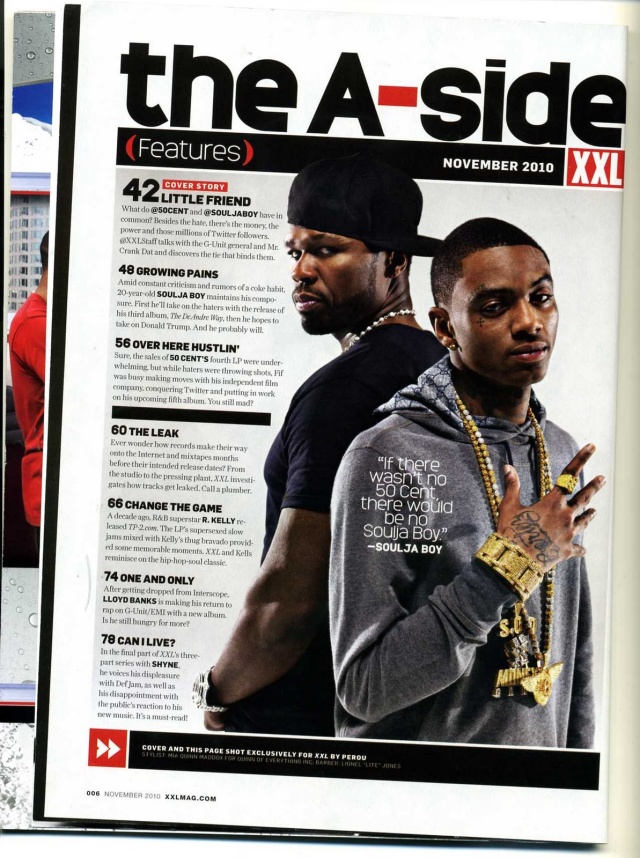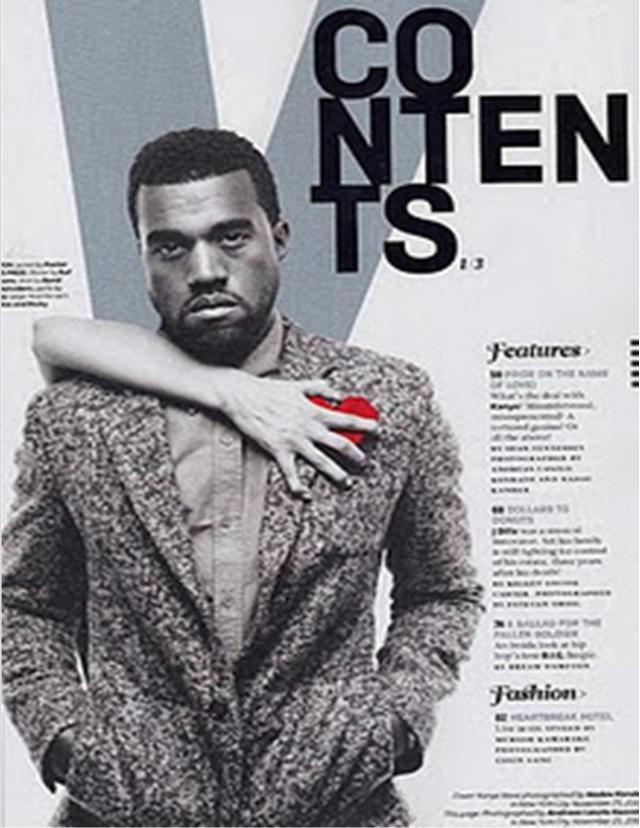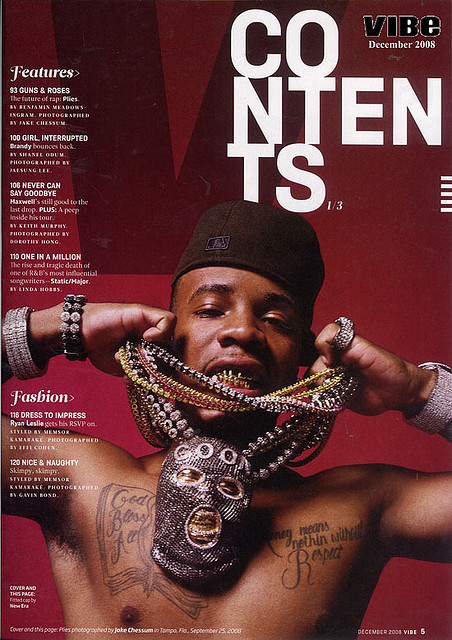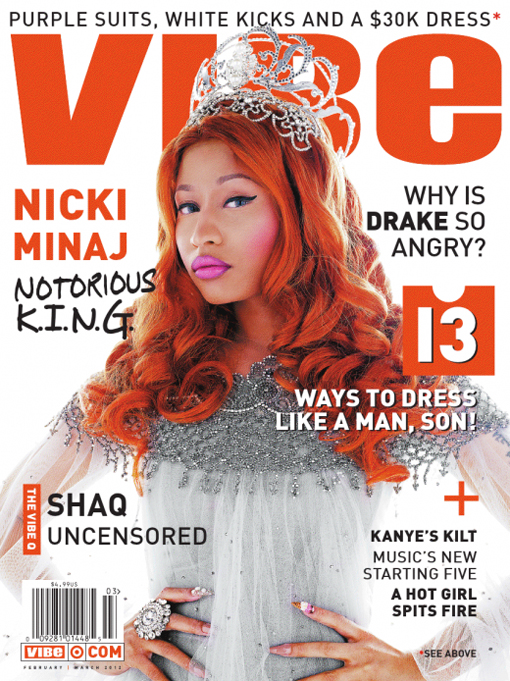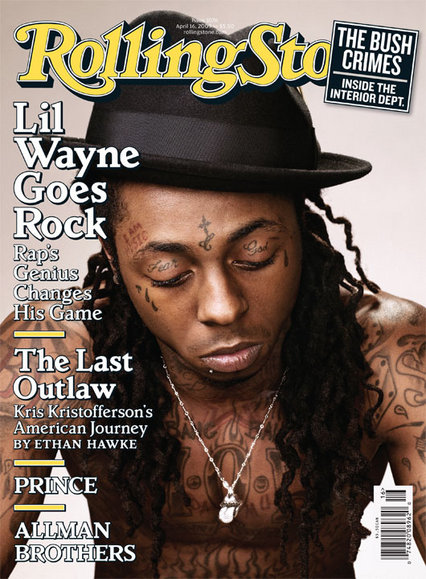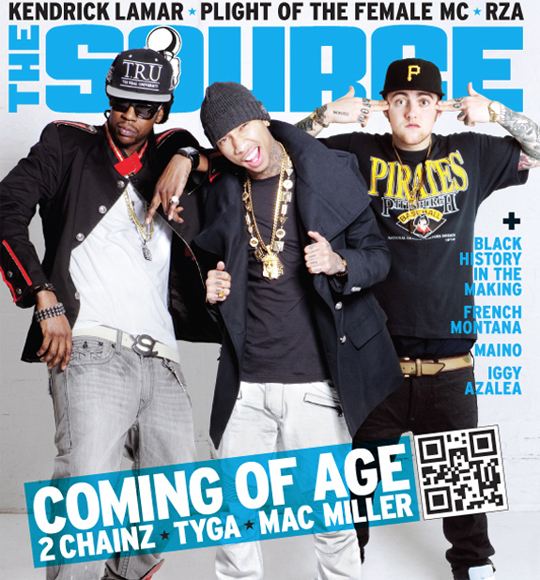
This is a contents page from the magazine The Source, which is a Hip Hop magazine.
Source magazine keep their contents page rather simple, which I believe looks better than there being too much on the page. Source magazine always use very dull colours on their contents pages. Usually using black and red, these colours are usually featured on Hip-Hop genre magazines as to colours can represent a tough and expensive feel, which is what we think of when we think of rappers and hip hop music.
Source magazine consistently uses the title ‘Master Plan’ we can suggest they do this as by having the same title it creates a trade mark to the magazine, therefore if the target audience here the phrase ‘Master Plan’ they will automatically think of Source magazine contents page. Furthermore, Source magazine always states at the top of the contents page, the issue number, this appeals to the audience for multiple reasons, firstly it gives the audience a sense of how long the magazine has been around ( if the magazine comes out monthly and they are on issue 256 the magazine has obviously been out for quite awhile) also some of the audience may collect the magazine, this will tell them what issue it is and tell them which of their magazines came out before others. By having the issue number it makes the magazine very organised and official.
Henceforward, the contents pages main focus is the main image, as on each issue they show a artists who is big at the moment, they use star appeal to grab the reader in, by having ‘Kendrick Lamar’ on the front cover this will appeal to the reader making them know that there is a article about them further on in the magazine.
Kendrick Lamar is seen as a very down to earth artist he doesn’t really fit in with the dominant stereotypes of rappers being over the top with jewellery and having gold teeth etc. Therefore they have to some extent emphasised on this with the mis-en scene of Kendrick Lamar with the way they have dressed him, instead of putting him in bright baggy clothing and making him show off tattoos and even having him topless (which is the ideological view on rappers) they have presented Kendrick Lamar in a very simple way putting him in black clothes and even giving him black jewellery. They have still given Kendrick Lamar Jewellery to reinforce the rich lifestyle that rappers have, however they do to some extent challenge the ideology of how rappers are draped in gold and silver jewellery over the top almost. This appeals to the target audience as the magazine is portraying Kendrick Lamar in a way that the audience views him as and knows him to be. This makes the magazine more believable and not fake. They dress Kendrick Lamar all in black and having less jewellery as this then emphasises on the crown on his head and the message they are trying to send within that. As Kendrick Lamar is in the element of his career some address him and have called him the King of Hip-Hop and the ‘New Generation of Hip Hop’, therefore by having the crown, it uses intertextuality as the audience knows what the crown on his head means straight away. It also gives the audience a sense of what the article about him is going to be about. Kendrick Lamar shows a hostile direct mode of address, this fits in with the crown on the head as Kendrick Lamar gives us the feeling that he is high up in the game.
Throughout all of Source Magazines contents pages, they place the writing (which tells audience which page of the magazine is what) near to the main image, sometimes even overlapping slightly, by having the writing so close to the main image this will make the audience spot the writing as they will firstly navigate to the main image within the focus, soon spotting writing.
Source magazine use the same layout and conventions choices on their contents pages as it creates a brand identity to the target audience, it make them comfortable and familiar with the magazine as they are used to the way the magazine is set out therefore it is easier for them to navigate around the contents page and find the information they are looking for.
